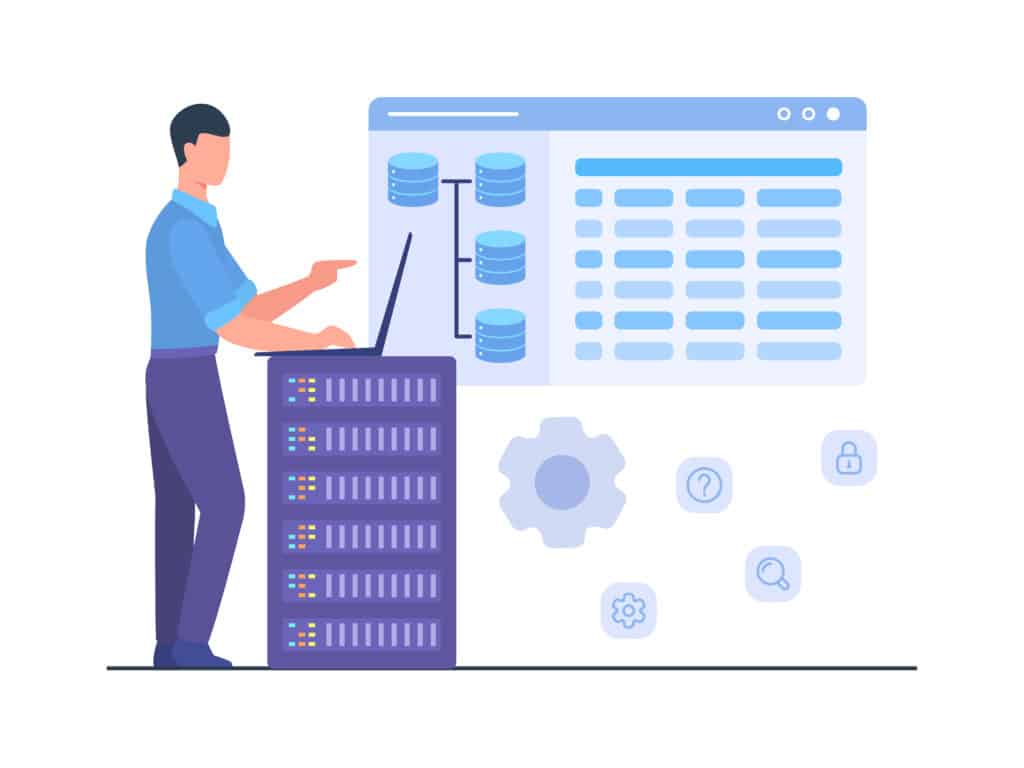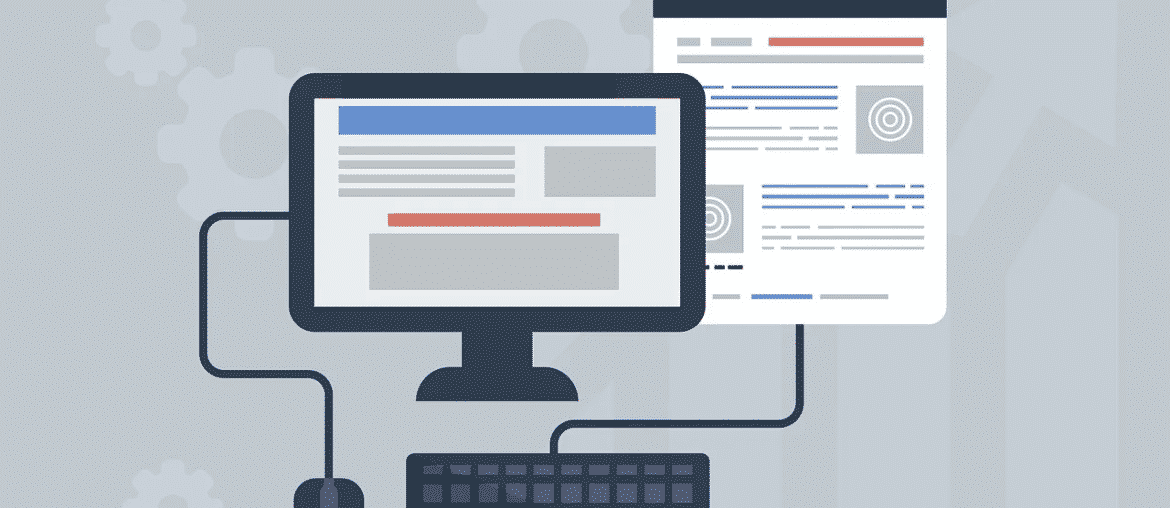Scalability is a key concern for developers of dynamic platforms, since the expectation is that over time it will be expected to accommodate bigger and bigger workloads, meaning that it needs to be designed to accommodate these, rather than being overwhelmed.
Here is a look at the main talking points to take onboard as you approach this process, giving you an idea of how a platform can be made scalable as simply and efficiently as possible, as well as investigating the common pitfalls to avoid.
Database Management is Key

The database which underpins your platform or app has to be fit for purpose, specifically in a scalability context. Performance of this infrastructural element will be tied to the overall quality of the end user experience, so any problems here will hamper you hugely.
For example, processes falling victim to failure as a result of a poorly optimized database deployment could create serious performance compromises, which will snowball further as your platform grows and expands.
As such you need to be aware that monitoring, maintaining and managing your database is a priority. Being on the lookout for blocking and deadlocking from day to day is obviously important, but it is also necessary to look to the long term and track storage usage. This is the only way to plot out how long your current hardware allocation will be adequate, and at what point you will need to upgrade to encompass burgeoning workloads to steer clear of hitting its capacity.
Also Read: Ultimate Online Project Management Tools
Remote Resources May Provide the Answer

Larger organizations may possess the in-house talent and budgetary grunt to run on-premises infrastructure to support dynamic platforms both during development and after launch. However, the truth is that small and medium sized firms will struggle to match major competitors in this respect, and so outsourcing the strenuous work to remote data centers run by multinational vendors is a worthwhile solution.
The power of the cloud is capable of delivering the ultimate in terms of scalability for platforms and apps of all sizes. This is especially advantageous from a cost perspective, since you can avoid larger upfront expenses in favor of smaller, ongoing payments for services that will only increase as your needs grow.
Plenty of companies opt for a hybrid combination of on-site and remote, third party resources when developing this type of platform, and such a setup may meld with your needs. It is simply a case of comparing all the options carefully to avoid disappointment.
Security Should not be Sacrificed

In the rush to embrace scalability, it is also necessary to remember that this should not be done at the expense of platform security.
With cyber threats growing by the year and hackers eager to exploit any unnoticed vulnerability in dynamic platforms, being rigorous in terms of the protections you put in place and the steps you take to thwart malicious mischief is a must.
Most of all a considered, careful approach to developing dynamic platforms is needed to plan ahead for the scalability that will boost its prospects in the long term, whether you do all the work in-house or outsource it to an agency.
Interesting Read:
How to Create Project Timelines and Schedules Right
How to Optimize Your WordPress Website with SEO Plugins
How to Find the Best Website Redesigning Company In 2021?






